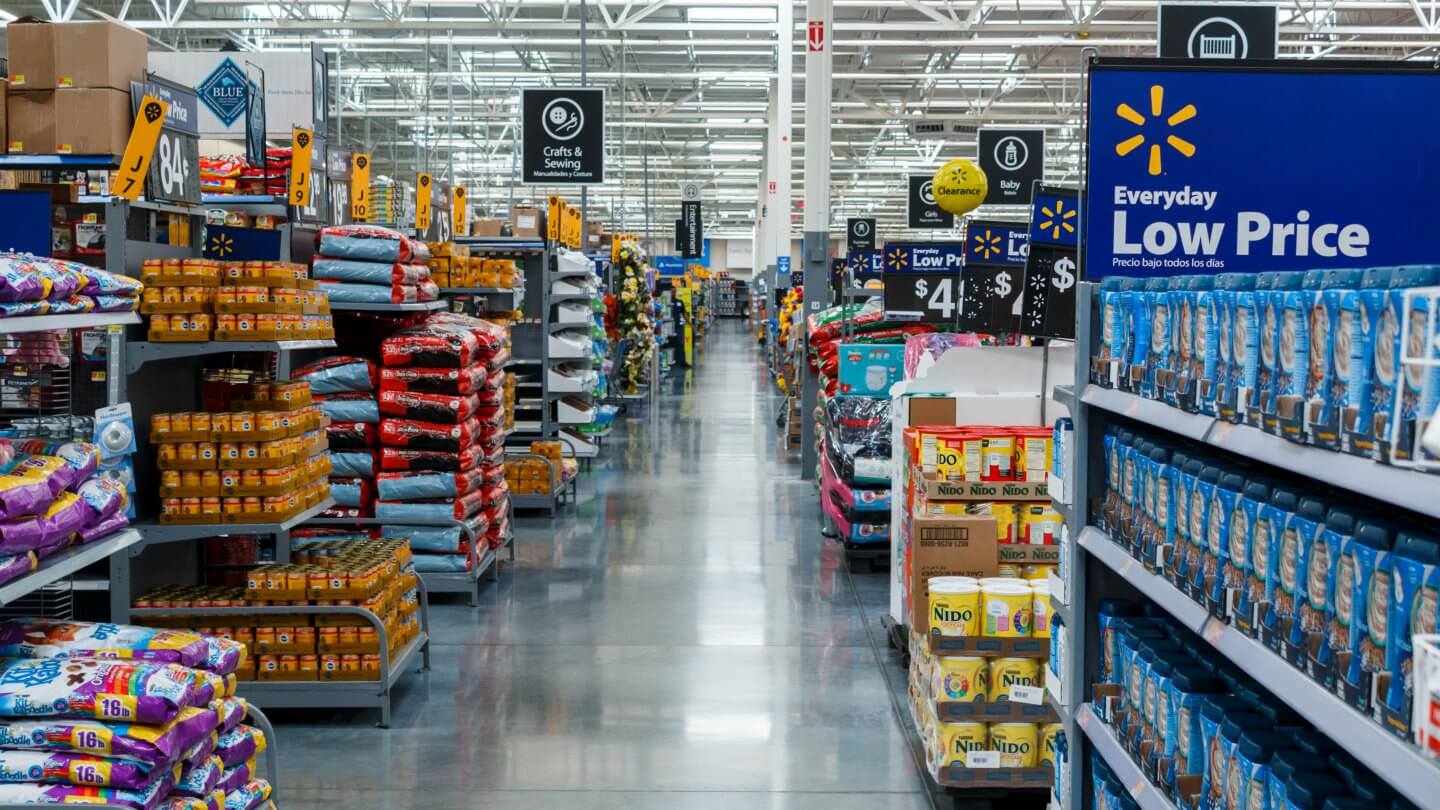Most companies spend big when it comes to web content and brand image. That spending all goes towards making an A+ customer experience. But how do retailers perform after an online sale? What happens with fulfillment, delivery, and returns, and how does that affect quality of customer experience?
At Tech HQ, we’ve been given access to a study that tested the big retailers’ performance (among them Walmart, Target, and Costco) after a purchase. Some findings explain how the big retailers maintain a loyal customer base. However, the report also shows that many don’t do quite so well, and their customer experience suffers.
This article looks at what happens after the “Buy Now” button gets clicked. We hope to see how the large online retailers excel and where they can improve. With that knowledge, every e-commerce retailer can learn, improve, and beat some of the big names at their own game.
Where do the major operators perform badly (and well),and how can any online retailer can learn from others’ mistakes? Here’s a quick skim of some of the findings:
Refunds. Many retailers seem not to care much about how easy it is to return goods. Scoring most favorably was Costco, whose methods include sending UPS labels to customers for returns and refunding money fast — within 24 hours of receiving goods back.
Message channels. Carriers send text messages about deliveries, delays, pickup schedules, and so on. But some retailers ignore SMS and rely on emails during deliveries and returns. For Gen-Z customers especially, texts are preferred, with emails sometimes being ignored. Younger demographics prefer social messaging, SMS, and services like WhatsApp.
General comms. Many miss out on opportunities to communicate with customers — so-called touchpoints. Even in the golden period of “delayed gratification” between order placement and delivery, some retailers don’t reach out. During key times, a simple delivery update (“just 4 hours to go!”) builds great CX.
Walmart wins here for communicating best with its customers. The survey found superb delivery tracking, offered to customers in different ways. In any channel, information was easily accessible.
Choice of carrier. Unlike many European and Asia-based stores, US retailers don’t offer a choice of carrier. Target offers multiple delivery options (it won the “Best Checkout Experience” category), but none of the big companies offered a choice between UPS, DHL, and so on.
Speed of delivery. Target got merit for its same-day delivery option, available to its premium member customers. There was criticism for all retailers, however, none of whom were transparent about delivery costs early in the shopping experience.
Conclusions
There is plenty more to learn in the survey in the survey — too much to cover here in detail.
There are lots of areas for improvement across the board of fulfillment, logistics, and returns. And the biggest names often don’t get it right! Customers might return to a retailer they already know, but any loyalty can evaporate as easily for Amazon and Costco as for any other business.
By getting the details right, communicating better, providing choice, and looking at returns policies, small online retailers can beat the heavyweights. This is the study that shows how.
Providing quality customer experience shouldn’t stop at the checkout: to encourage repeat business and make long-term brand advocates, all e-commerce retailers should download the full report here.









